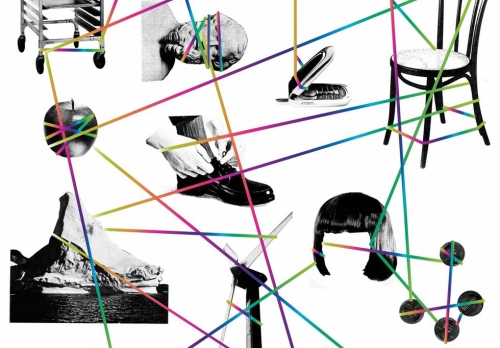The information highway once traversed by smartphones, tablets, and routers is expanding to include everything from household appliances to roadways and power grids. The Internet of Things is a revolution in Machine-2-Machine communication, infusing Internet connectivity to all other facets of 21st century life through the use of embedded sensors and actuators. As objects gain the ability to communicate, the surge of additional information will change the way we live our lives and do business: automation, optimization, and control will become omnipotent. Time will tell whether this technology improves or burden our lives.
The Internet of Things is versatile in its application. Everyday chores, such brewing morning coffee, can be eliminated; alarm clocks will wirelessly tell coffeemakers to start brewing as soon as one hits the snooze button. Businesses will track inventory in real time through the use of RFID (radio-frequency identification) tags on a wider scale to optimize supply-chains. Toilets will text mobile devices whenever they've been clogged. Heating systems will be controlled through smartphones. The possibilities are endless.

Expect everything in the future to be interwoven. Image courtesy of poppupcity.net
Why suddenly now?
As Moore's law points out, the number of transistors empowering technological advancement double every two years. For this reason, embedded devices have finally matured to a point where immense computational power can be leveraged from miniature and affordable hardware. Moreover, advancements in wireless networking technology and standardized communication protocols have paved an accessible pathway to accommodate massive data flow. Couple these two principles together and it becomes extremely low cost and accessible to harness wireless communication onto most objects.
Fine-tuned power management
The smart grid is the power grid's application of the Internet-of-Things. Using two-way digital communication technology such as PLC, devices on the smart grid network may be monitored and controlled through the same wires providing electricity. Assume you've gone on vacation and forgotten the air conditioner on. Under normal circumstances, there's nothing to be done nor may you even be aware; however, a home endowed with wirelessly connectivity throughout allows one to verify and deactivate power usage in real-time by way of mobile device.
Similarly, the smart grid permits power companies to offer better services by obtaining power outage reports instantaneously; thus, shortening their response time. Electricity can be re-routed to reduce restoration time to mere seconds rather than hours.
Improved business models
Time is money in the marketplace, and manually counting inventory is a waste of time. Businesses are increasingly turning to the Internet-of-Things to optimize their inventories and supply-chain management. By the using RFID tags and sensors, inventory is automatically accounted in the present. Other possibilities include monitoring consumer product interactions to analyze use and improve business models for that target audience.
Immediate analytics
Vast amounts of data generated in a short time frame permit analytics of greater precision. Decision makers, such as economists and legislators, will have access to far more accurate statistics given the dynamic nature of the data embedded sensors can provide. As a result, public services should better serve their community.
Big Brother
On the flip side, the constant flow of information permeates the notion that Big Brother is constantly watching over your shoulder. The decrease in privacy is staggering, given every object you use may transmit a piece information about you. If cars are equipped with sensors monitoring traffic conditions, what's not to say that the same sensors can't be used to monitor speed-limit observation?
Will the proliferation of the Internet-of-Things movement have positive or negative repercussions? Visit TechXchange to discussion your opinion.
Advertisement
Learn more about Digi-Key





